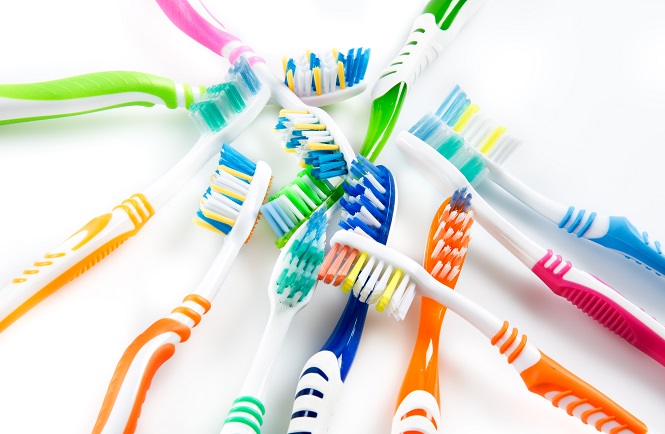Personal identification is a problem in criminal and civil cases. Determining personal identity is very important in an investigation such as murder and rape, which increasingly reinforces the existence of forensic medicine. Personal identification includes age, sex, race, height, stature, and so forth. Identification methods include fingerprints, property, medical, dental, serology and exclusion method.
A toothbrush as Material of Gender Identification
Specimens are widely used in examining sex determination, namely through anthropological analysis methods. While the other method is through DNA analysis in identifying, sex. The specimens include blood spots, cement patches, vaginal swabs, buccal swabs, and bones. In addition to the speculation, it can also be through objects that are often used by perpetrators or victims for the last time, such as toothbrushes. Toothbrushes are used by every human being routinely. In its use, toothbrushes stick to the mouth, teeth, gums, tongue and are thought to be caused by loose epithelial cells attached to the device. It’s just that until now there have not been many studies that specifically explain the effectiveness of using a toothbrush to be used as an identification material.
Gender has several different meanings, namely chromosomal, chromatin, gonadal, hormonal, somatic, metrical, and psychological. Chromatin sex is determined by sexual chromatin X (Barr Body). The chromosomal and chromatin genders are called genetical genders. Gonadal sex is determined by testes in men and ovaries in women that form from the seventh month of intrauterine. Hormonal or metabolic sex is determined by the quality and quantity of sexual hormones. Both sex glands produce androgens and estrogens. Androgens are created more by testes and estrogens are produced by ovaries.
Androgens are also produced by the kidneys, so the levels of androgens and estrogens in blood serum can cause errors in determining hormonal sex. While somatic sex is determined by the development of internal and external genitals, namely the penis and scrotum in men and vagina in women, somatic sex is generally apparent in body shape, height, volume, body proportions, choice, skull shape, shape pelvis, and limb forms.
Method and Results
This research was conducted on a toothbrush that had been used for one week by respondents in a Tanzanian population in Surabaya. Then, the toothbrush samples were sent to the laboratory for analysis of sex examination.
The results of this study reveal that toothbrushes can be used as an alternative material in personal identification — Biologimoleculer, namely through PCR (Polymerase Chain Reaction). One PCR technique for gender identification is by amplification of the X-Y gene homologues amelogenin. Amelogenin is relatively easy to use for DNA amplification. By using a single pair of primers covering a portion of the first intron, a PCR product from homologous X and Y is produced, which is then decomposed with a polyacrylamide gel electrophoresis. The PCR method is useful for forensics because of its simplicity, sensitivity, and reliability and is also superior because it can theoretically detect the sex of a cell and is much faster.
In the results of this study, amelogenin primers were still able to amplify so that in the visualization results there appeared bands, i.e., in sample 1 there were two bands (212 bp and 380 bp). DNA band results from hair are still not so perfect or vague, and this is because the DNA level produced is still quite low. Or even because of the DNA degradation process.
Author: Dr. dr. Ahmad Yudianto, SpFM [K]., SH., M.Kes
Detail information from this research can be seen in our writing at:
http://www.scimagojr.com/journalsearch.php?q=19900194914&ip=sid&clean=0
Simon Martin Manyanza Nzilibili , Ahmad Yudianto, [2019], Amel gene profiling from toothbrush for sex determination among tanzanians in Surabaya, East Java. Journal Punjab Academic of Forensic Medicine Toxicology, Vol 19 No.1/ISSN 0972-5687, pp 51-54





